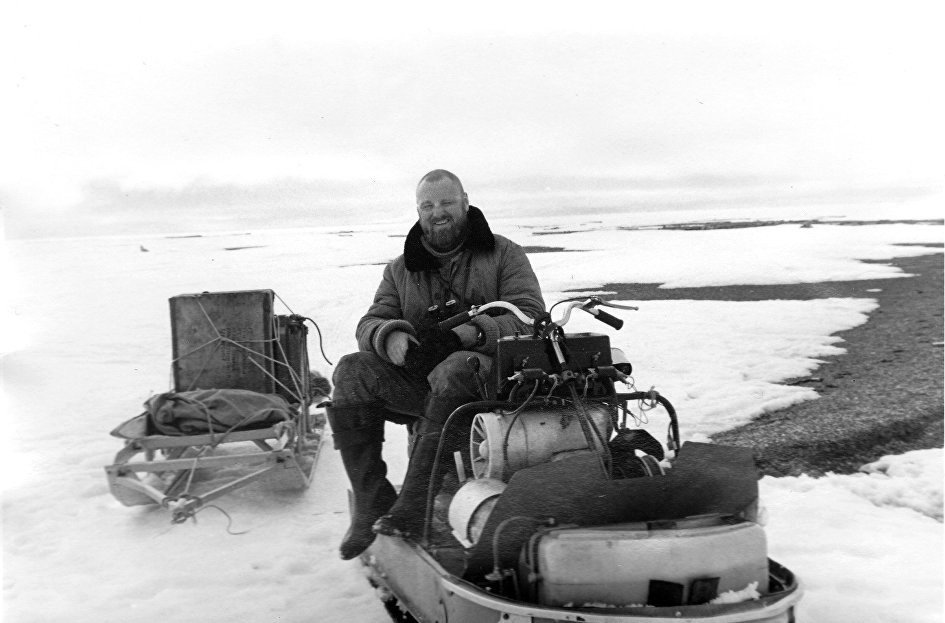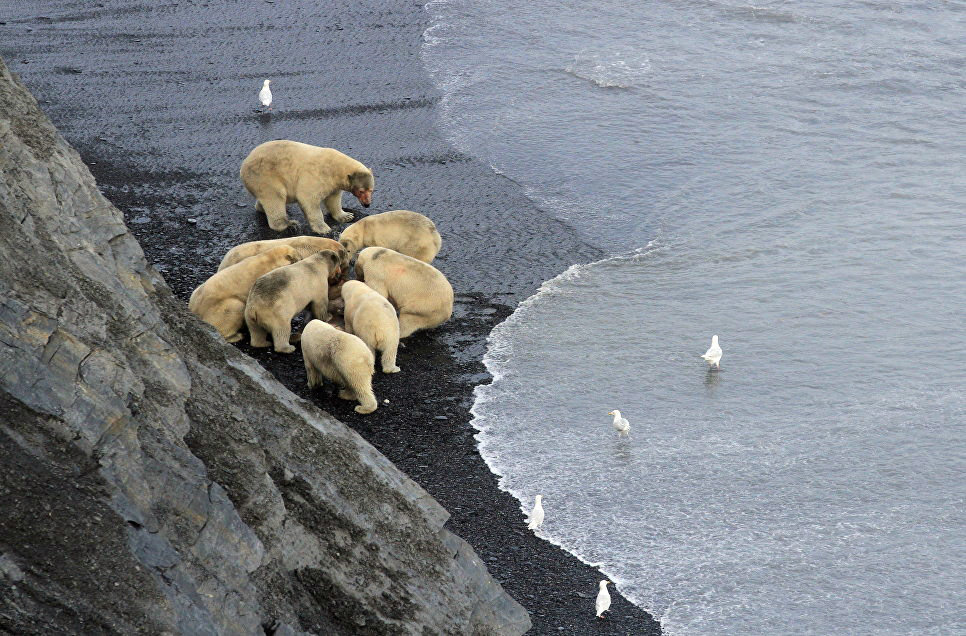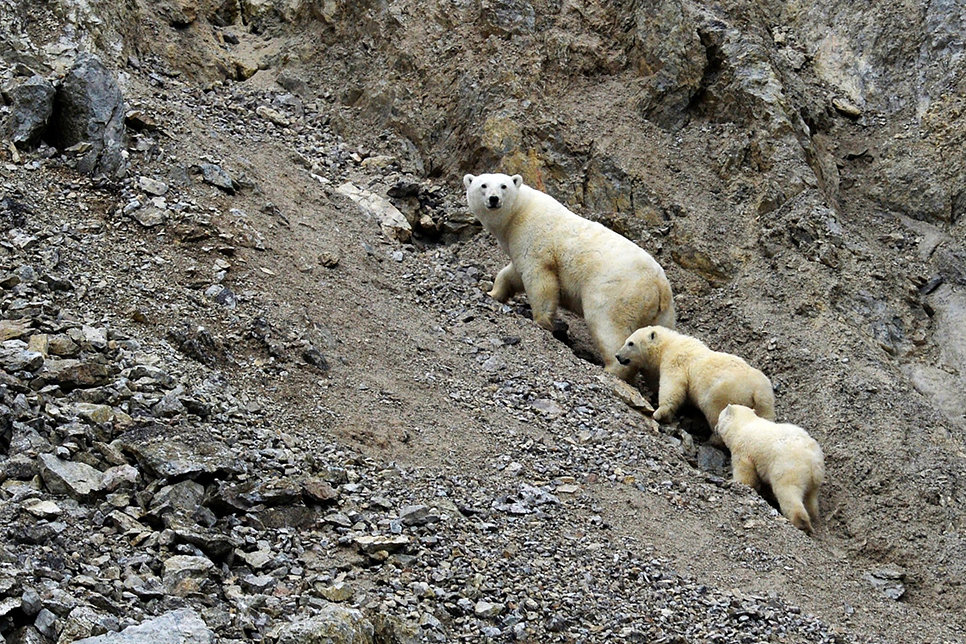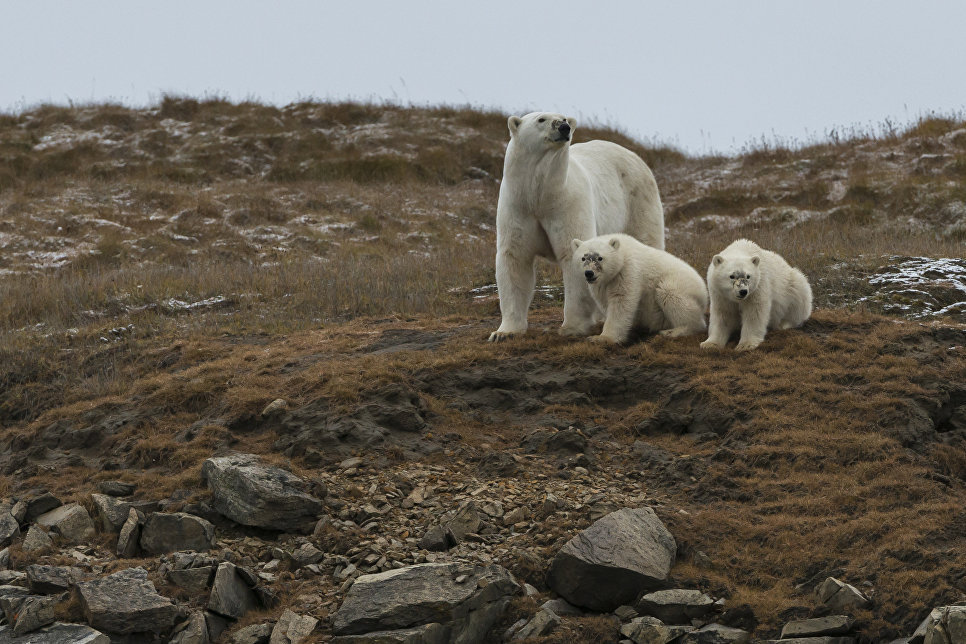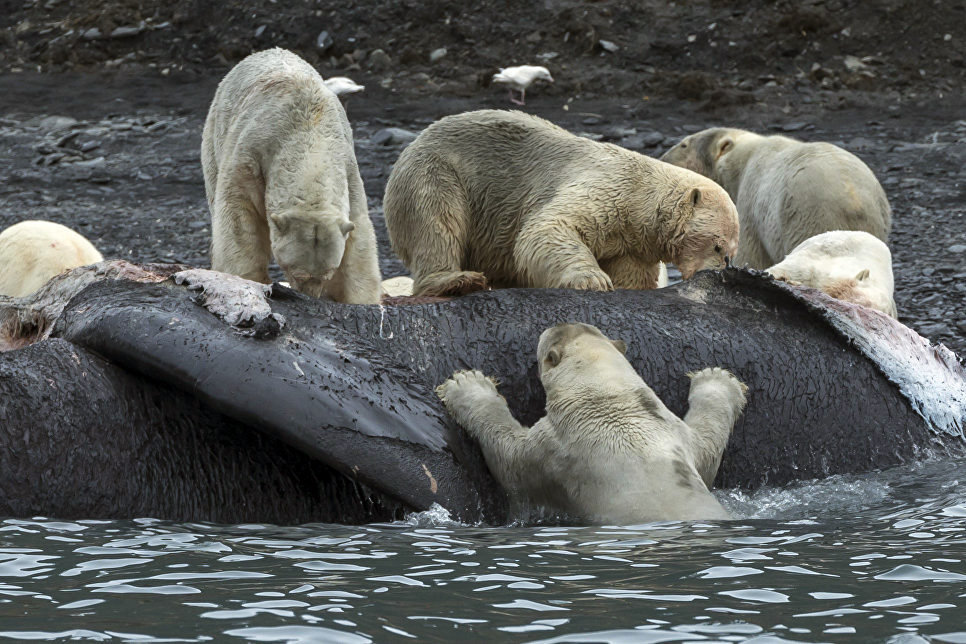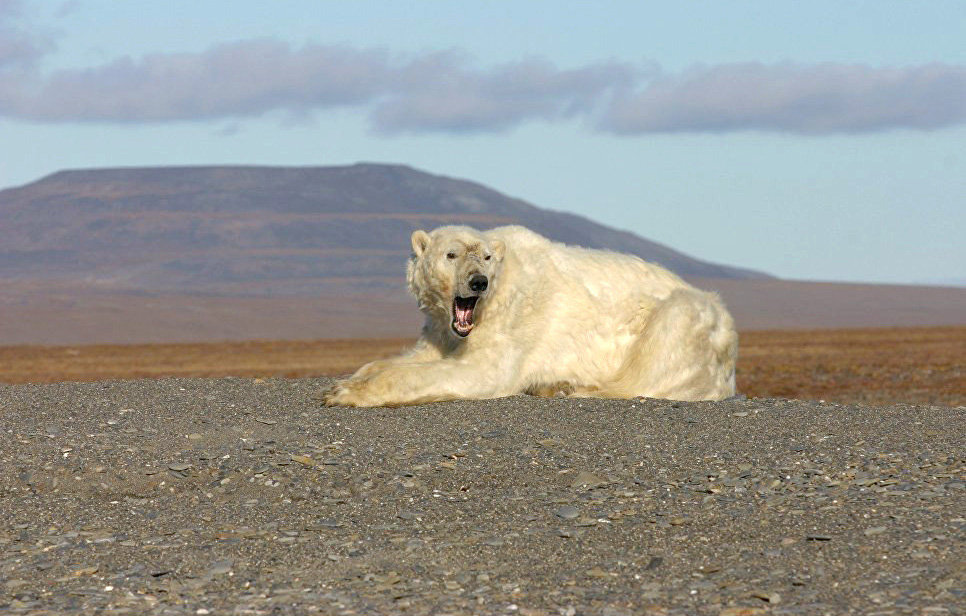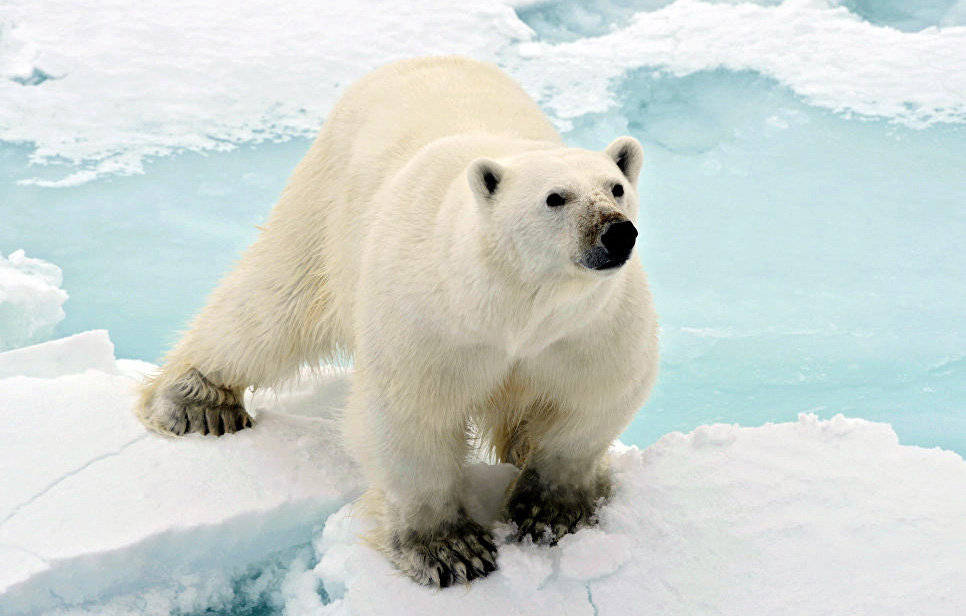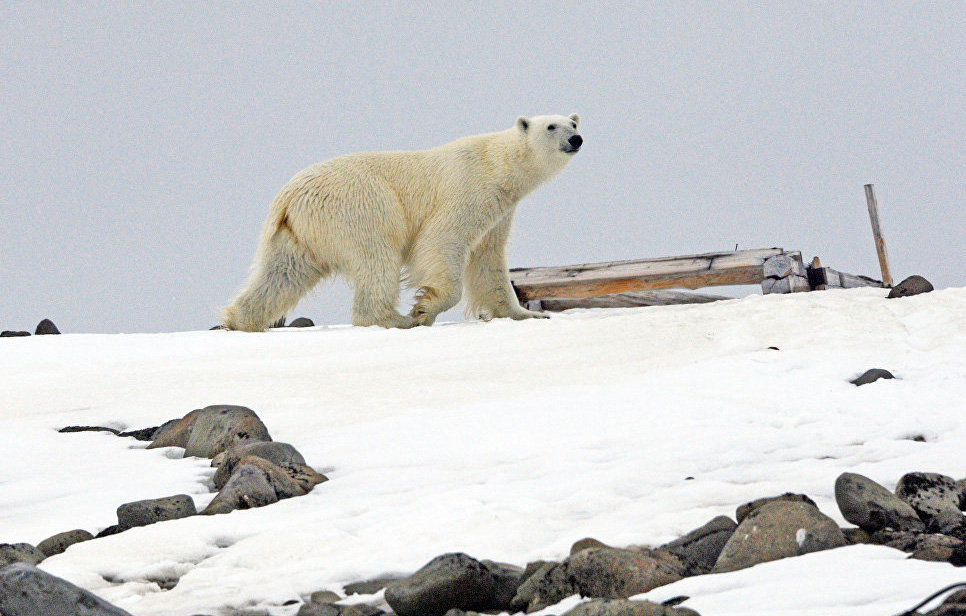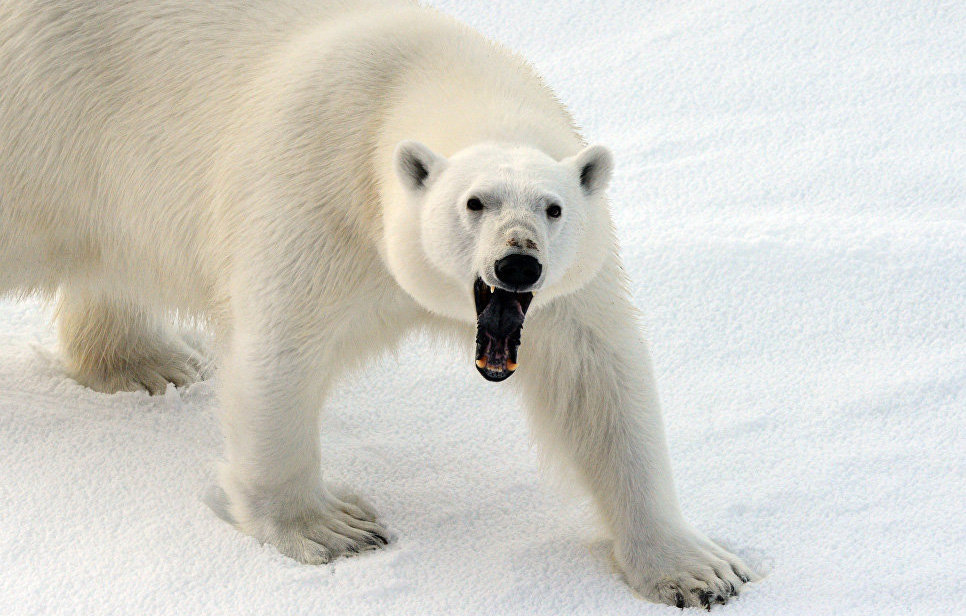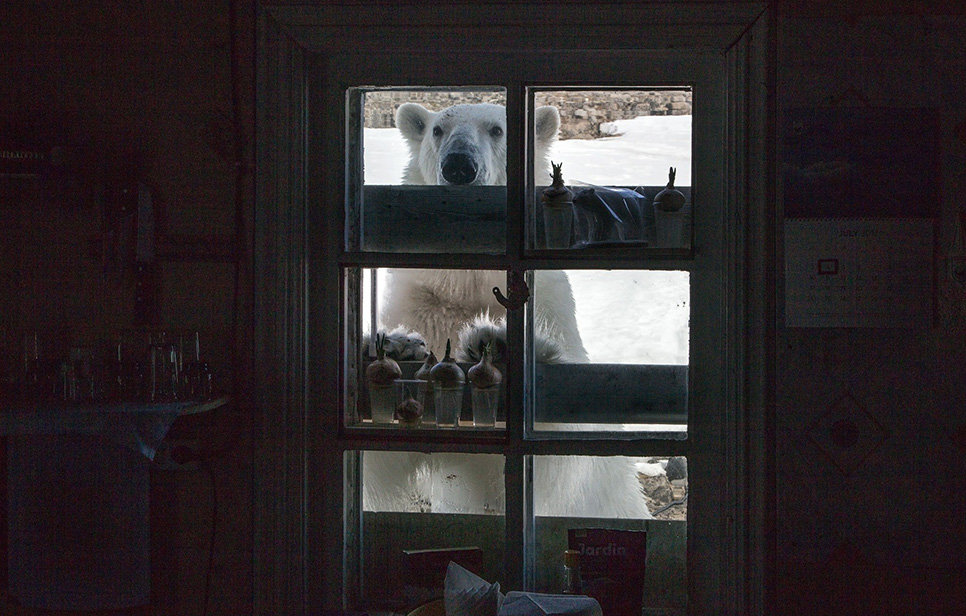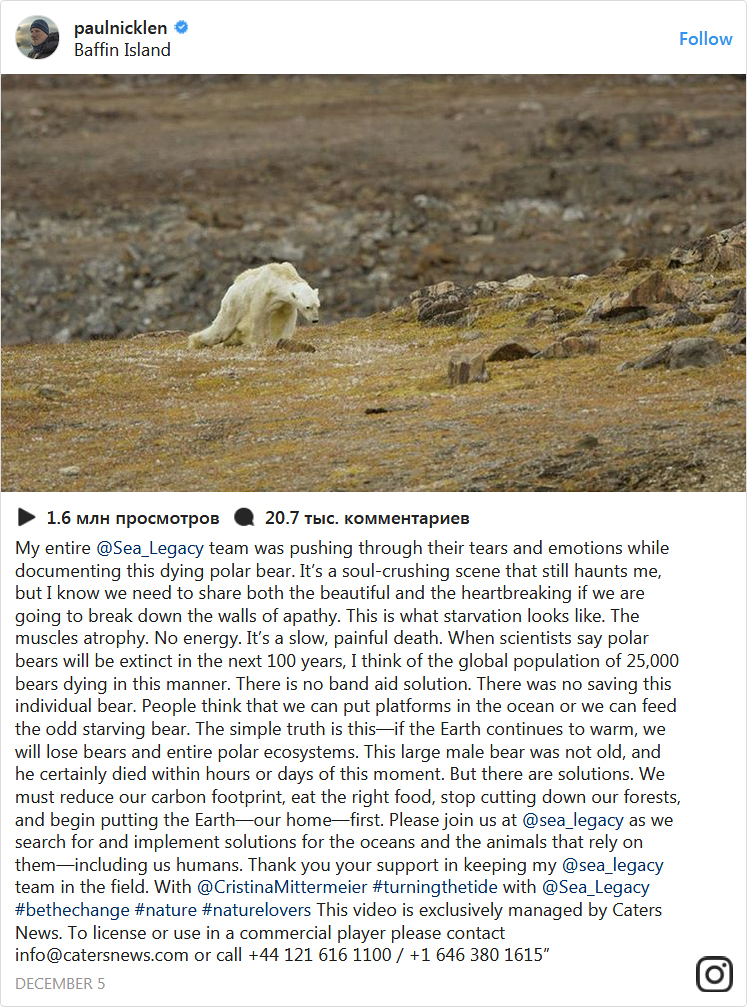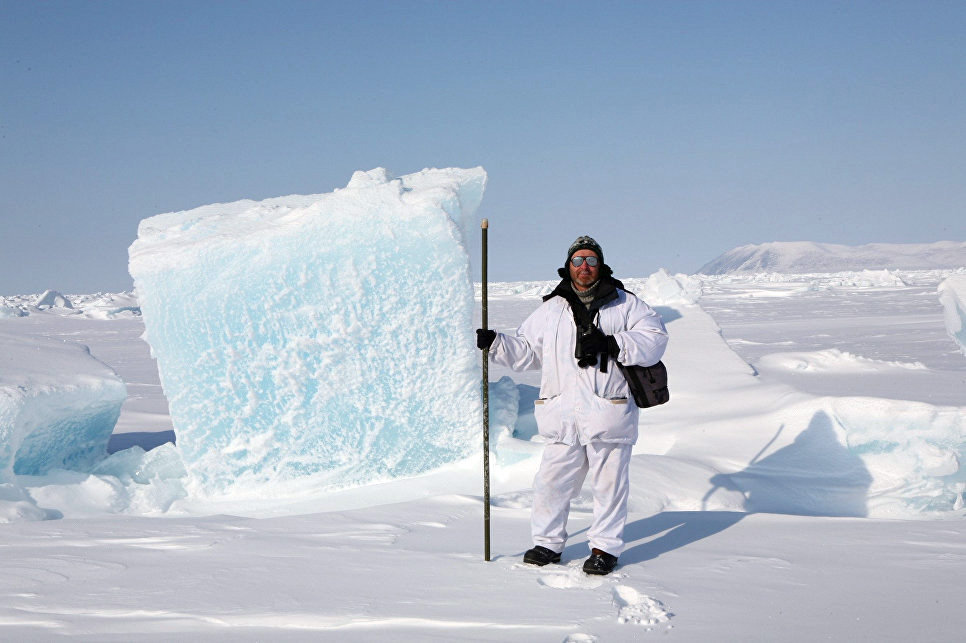In the Arctic, Nikita Ovsyannikov met up with polar bears over two thousand times, and only four of those occasions ended with the animal trying to attack him. "It was by my own mistake," the researcher says. In each case, the human-provoked aggression could be stopped without violence. Doctor of Biological Sciences, zoologist, honorary Arctic explorer of Russia, Nikita Ovsyannikov has spent 26 seasons on Wrangel Island in the Chukotka Autonomous Area. RIA Novosti tells the story of this person's rare job and his life among polar bears.
The first field season in the Arctic began in 1977. Prior to that, Ovsyannikov had worked on Commander Islands and in a desert. He had studied feral canines, including Arctic foxes, not large predators. After coming to Wrangel Island, the natural nursing home of the polar bear, the researcher chose what he deemed to be the most natural way to study the big predator - observation without interference. This method, however, takes time. In the case of Nikita Ovsyannikov, it took a lifetime.
